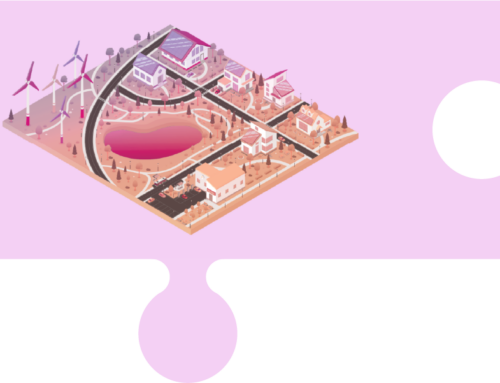According to the European Environment Agency, the building sector in Europe accounts for 35% of the total greenhouse gas emissions in the European Union and 40% of the region’s energy consumption, which is predominantly driven by the use of fossil fuels. Therefore, this sector is a key one in the decarbonization goals and objectives of Europe. The building sector’s decarbonization activities place the highest importance on renewable energy sources (RES). However, because they are unpredictable and intermittent, integrating them presents certain challenges. In addition, there is a mismatch between the RES production and the demand. All this can even cause stability problems in the grid. Demand Response (DR) appears to be a potential solution to facilitate the integration of RES into the grid. DR consists of modifying the consumption load curve in the desired way to better match the demand and production.
The residential sector offers a significant unlocked potential for DR exploitation, especially through space heating, which is the main end-use. In this manner, taking advantage of a building’s thermal inertia can help to change the building’s daily energy consumption in the most practical way. Additionally, the flexibility potential greatly increases when taking into account a group of buildings, such as through an energy community or even federated communities, as in the case of FEDECOM project.
FEDECOM will develop a Model Predictive Control (MPC) that can automatically generate demand response actions at building. MPC is a cutting-edge technique that can be applied for the energy management of buildings. MPC uses a predictive model of the building and takes into account weather forecasts, internal heat gains (such as those caused by occupancy and lighting) and real measurements of the building to decide how the building should be operated. MPC is implemented through a dynamic optimization problem, which enables including additional targets when deciding the operation, such as lowering energy costs or consumption. The MPC can operate in a fully automated way determining the optimal setpoints of the HVAC, the heat and cold production equipment or the indoor rooms temperature setpoints.
Most of the studies on MPC applied to buildings employ this technique to reduce the energy consumption or costs at a particular building. FEDECOM proposes an application of building MPC that goes beyond specific objectives at building level, targeting objectives at community and federation level. The MPC plays a key role in automating cooperative DR actions in buildings. In order to achieve the objectives at the community and federation level, it collaborates with a higher optimization layer to identify the optimal power consumption that each building of the community and federation should have. Then, the MPC allocates this optimal power consumption at each building by utilizing the thermal inertia of the building and ensuring thermal comfort in the building at the same time.
Another important feature of the MPC developed by R2M at the FEDECOM project is the integration of self-learning capabilities. For that, it uses a technique called Moving Horizon Estimator, which collects the latest measurements of the building to update the building prediction model that the MPC uses to decide the operation. This can contribute to handling the uncertainty that typically appears in this type of problem. The high uncertainty of the building management is due to several reasons: the building’s physical characteristics change with time and there are internal heat gains in the building due to occupancy, solar radiation, lighting, or other sources that are difficult to predict. The self-learning capabilities update the model so that it can better predict these aspects.
Author: Laura Zabala (R2M Solution Spain)







